Self Tapes
What are they and how to do them well...
The demand for self-tapes has been one of the biggest shifts in the acting audition process over the past decade—a trend that has only accelerated in the wake of COVID-19. Self tapes are requested from casting directors in lieu of an actual casting in the room. Just because you are self-taping doesn’t mean you can skip the preparation required for any other kind of audition – learn your lines, make bold choices and create compelling characters, dress appropriately, avoid props. Of course, you have the benefit of being selective with which takes you end up submitting, but don’t let that make you become complacent. You really don’t want to be doing thirty or forty takes.
Equipment...

Phone
A phone with a camera
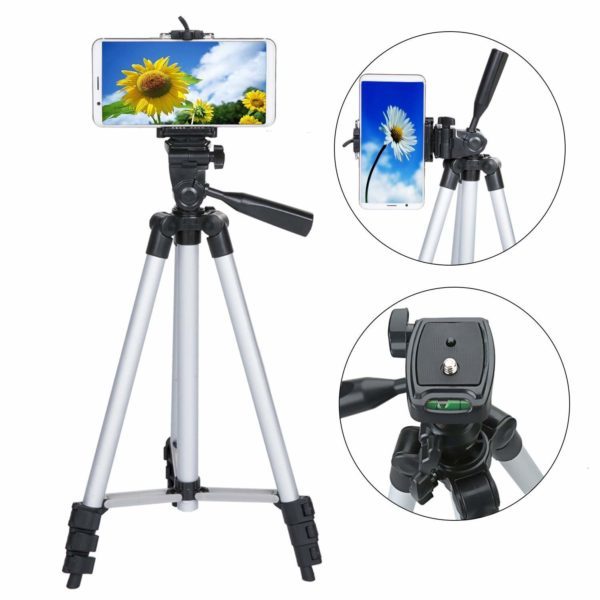
Tripod
Helps steady the camera

Ring Light
The cheapest way to get good light, when no natural light is available and also good to hold the phone in place.
Setting up....
Ideally you would want to recreate the audition room - even in a small house you can find a narrow plain wall but another tip is to place a plain ironed sheet over a wardrobe.

Film with a plain wall and no distractions in the background. Try and get a natural light, no shadows or making your face too bright! Zoom in so we can see facial features clearly.

Eye line - set the camera up level with the actors eyes and the actor should look just to the side of the camera as their line of sight UNLESS told to look directly in to the camera. In this image look where the B is to give you a guide.
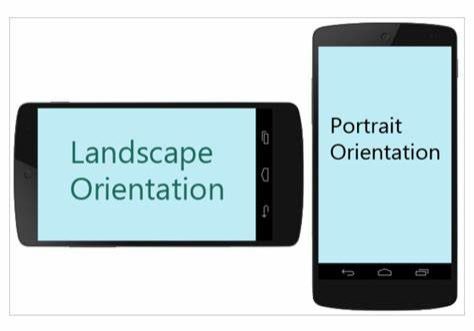
ALWAYS, ALWAYS. ALWAYS tape in LANDSCAPE - turn your camera on it's side, remember to check the background for any distractions.
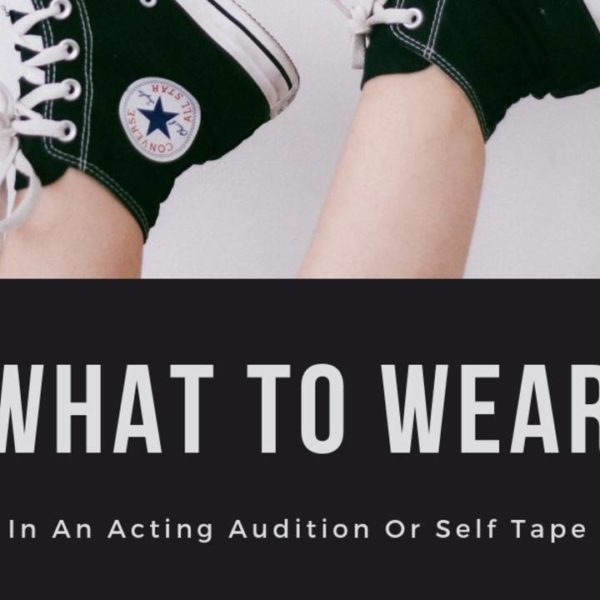
Choose plain colours, don't wear patterns, no graphics, no zig zags, nothing that shimmers on camera, no words on t-shirts. Colours like teal, cobalt, grey and coral pop on screen. Avoid wearing the same colour as your background and always do a quick 5 second try out and see if what you are wearing works.

Never tape in front of the window as you will appear in silhouette.
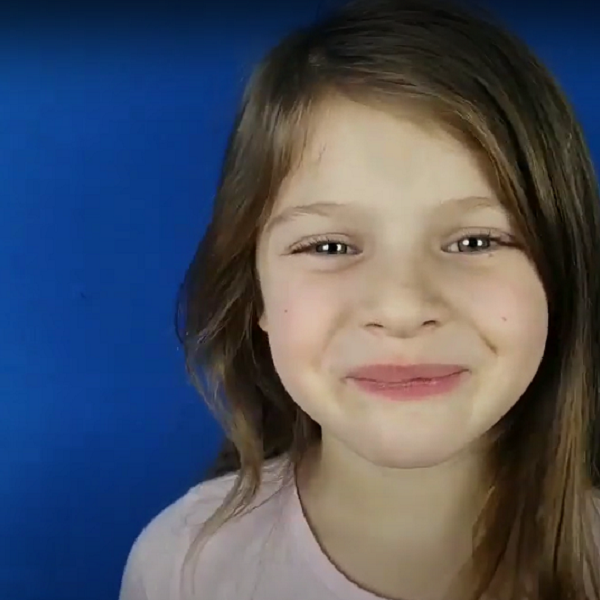
With children you might need a reader - practice this so your child knows their cues. As a reader try and stand a little back from the microphone and read in quietly. It's a good idea to watch a take back to check the volume.
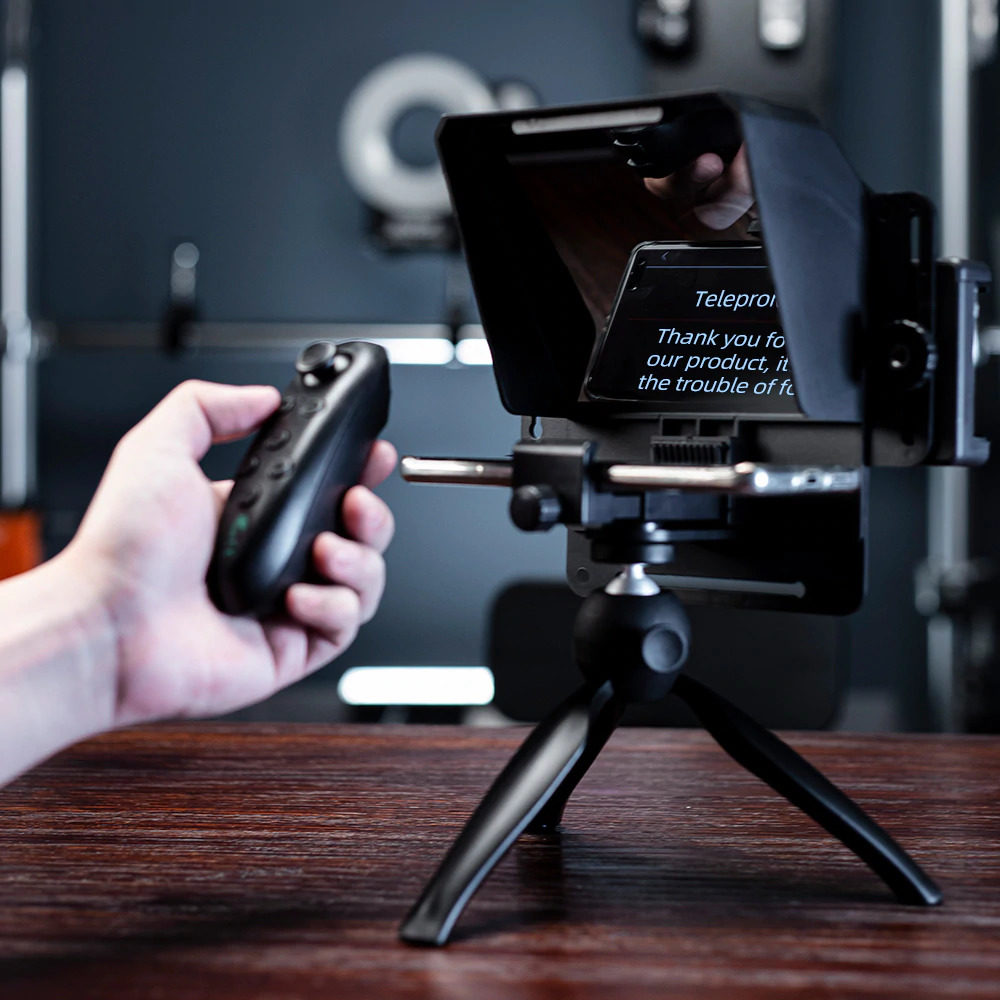
Teleprompter - if you don't have a reader you could buy a portable teleprompter, ask a friend or use a teleprompter app.

When you have finished taping do watch the takes back - often this is easier by connecting and transferring the tapes from your phone to a laptop so you can see the images larger and more clearly. Check the focus, sound and believability of the acting.

Check if the tape needs to be sent as one file or separate ones. Name the files and then send via we transfer.com. Always send to Hashtag, unless the upload link is there and we have directed you to upload the tape yourself.
Spotlight guide to how to tape at home
